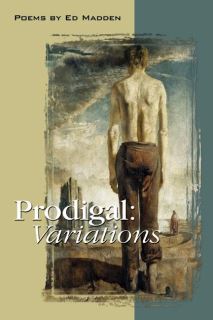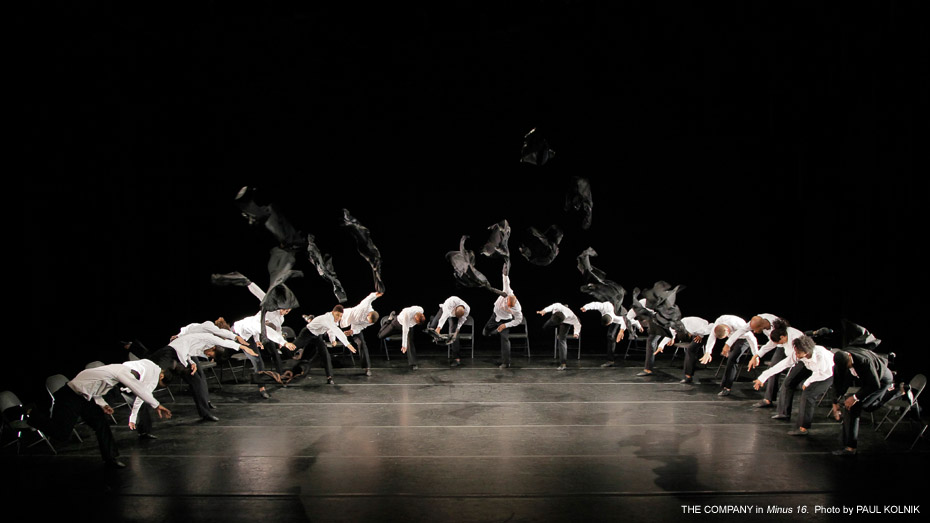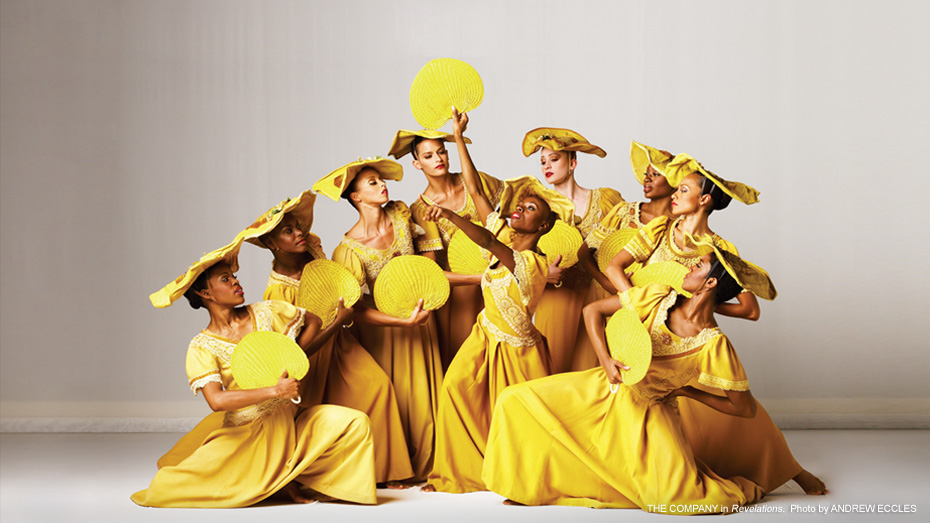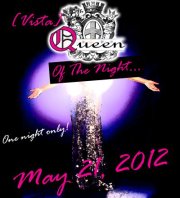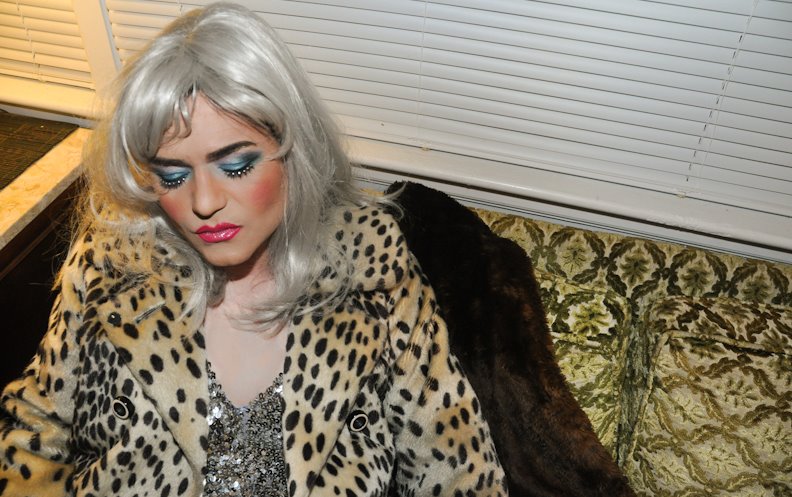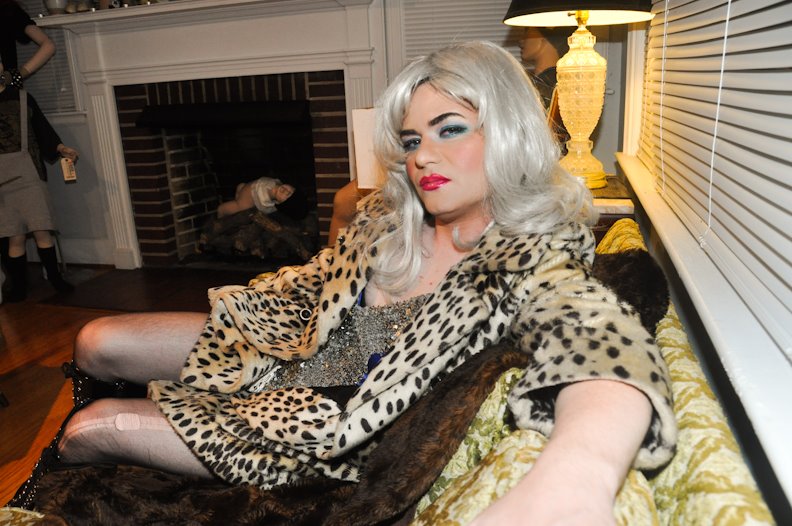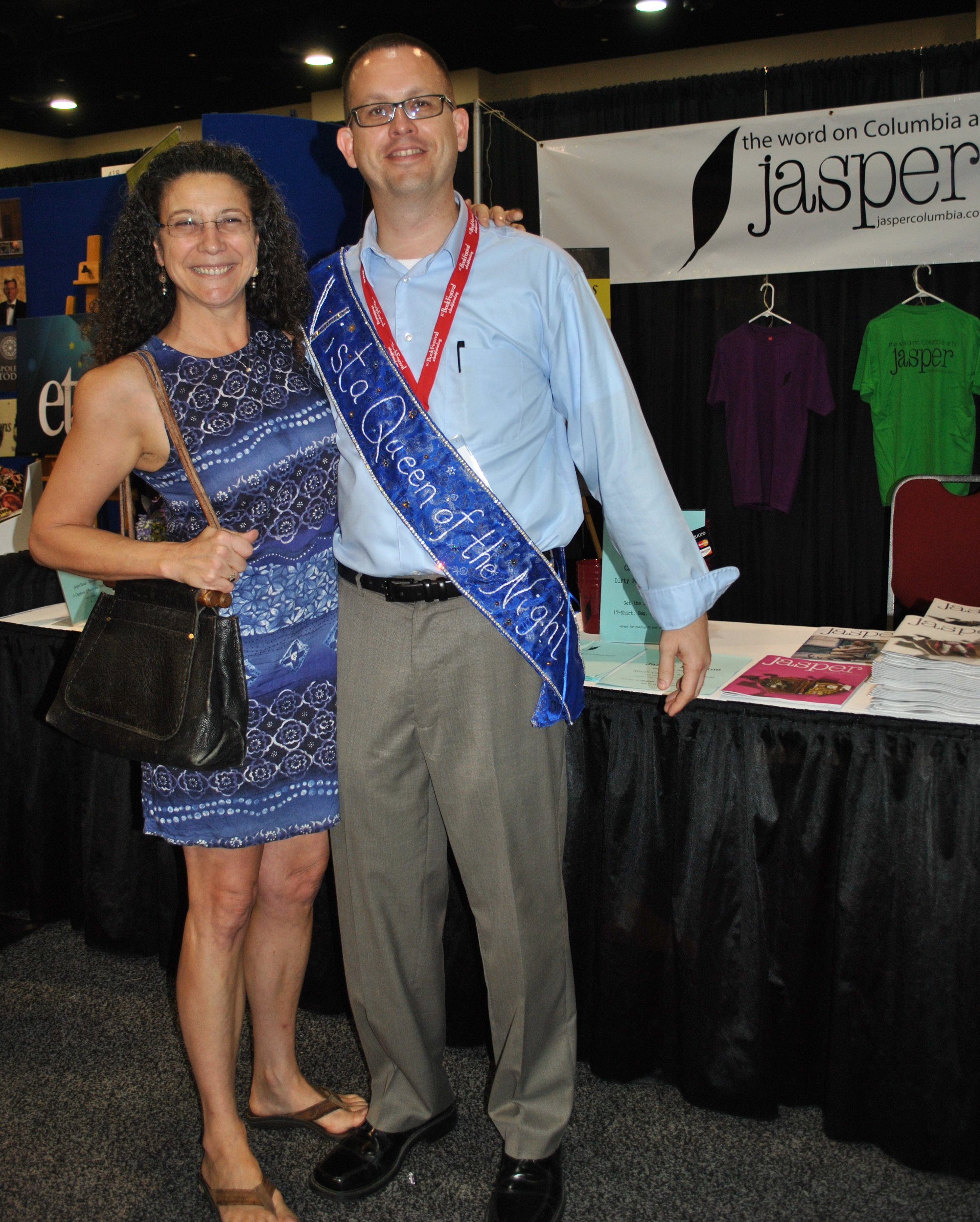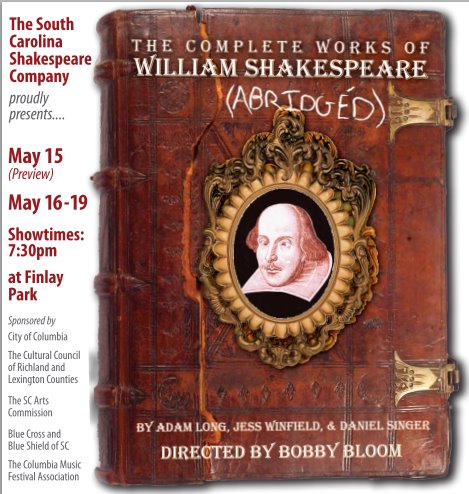
Jasper loves dance. And while Columbia hosts no small supply of dance companies, sometimes it becomes painfully obvious that, among our abundance of ballet companies, sexy undulating companies, and one-woman show companies in the city, we are missing – or appear to be missing – an excellent contemporary company that addresses social issues, makes us think, and entertains us at the same time. I couldn’t help but think of this on Monday night when I watched the final Spoleto performance of The Radio Show by Abraham.In.Motion at the Emmett Robinson Theatre on the campus of The College of Charleston.
Dancer, choreographer, and founder of Abraham.In.Motion, Kyle Abraham, is clearly a product of two places – Pittsburgh, PA and New York City – and evidence of this was more than obvious in last night’s performance. It was from his hometown of Pittsburgh, where he and his family listened religiously to the voices of Black radio, that Abraham found the impetus for The Radio Show’s concept. When, in 2009, WAMO – the only urban radio station left in Pittsburgh – went off the air, Abraham was struck by the absence of the Black voice from public airways. In program notes he writes, "I wondered how aware listeners were to the goings-on in other urban communities around the country now that this voice had been taken away. Without black radio, where is the audible voice of the black community? Radio was so present during times of strife in the past. Where is its place today?”
The 34-year-old Abraham, who studied at The Creative and Performing Arts High School in Pittsburgh, continued his education by receiving a BFA from SUNY Purchase and an MFA from NYU’s Tisch School of the Arts. Among the many honors he has received over the past few years, including the Princess Grace for choreography, a Bessie Award, and being named one of the “25 to Watch by Dance” Magazine in 2009, it is the maturity of his NYC training that stands out about Abraham. Though highly stylized, his technique and that of his dancers (almost all of whom are formally trained and with higher education degrees) is solid, grounded, efficient, and rich in interpretation. When so many dancers are gathering into groups these days and saying, “Hey, look at us! We’re a company!” it was satisfying to see a young new company with a fully realized dance vocabulary, confidence in their mission, a unifying aesthetic, and the training and education to pull it all off.
The evening began with Abraham, who grew up playing piano and cello, approaching the stage via the audience after having tapped a couple of ladies in the audience for impromptu turns in the aisle, reminiscent of the beginning of Alvin Aileys’s Minus 16 earlier in the festival. Abraham gave us a virtuosic solo performance that incorporated into the narrative of the loss of urban radio the concomitant loss of his father’s mental dexterity as he struggled with the deteriorating effects of Alzheimer’s. I get chills when I type these words – he danced to static. As an off-stage radio scanned up and down the dial, encountering bits and pieces of classic music like Aretha Franklin, Al Green, the Chi-lites, and the Shirelles, interspersed with the static left when these songs disappeared from the airwaves, and emblematic of the static his father encountered in his thought processes, Abraham and six other dancers performed three pieces, Preshow, AM 860, and 106.7 FM. Elyse Morris, Rachelle Rafailedes, Rena Butler, Chalvar Monteiro, and Maleek Washington completed the ensemble.
Watching this young company perform so passionately brought to mind Columbia’s own Wideman/Davis Dance Company who, for a few years, were gathering a modest but strong amount of steam among folks who know dance in the city. Thaddeus Davis may be the best choreographer in South Carolina. Like Abraham’s, his work is grounded in technique, socially relevant, and aesthetically unified. But for the past year, Wideman/Davis Dance Company appeared to be missing from Columbia’s dance culture. Where were they? They were at the University of South Carolina teaching, choreographing, and performing, though many of us who follow WDDC – who adore and want to support WDDC – were unaware when these performances took place. On one occasion, I found out the day before a late night show was taking place that it would be occurring. The other performances came and went with some but little recognition.
Here’s the deal – hiding down in the dance building on the USC campus is one of the finest choreographers in the country and, scattered throughout the world, the company members he gathers when he has something to give and the money and support to give it. (Elyse Morris, one of the dancers in last night’s performance, proudly lists Thaddeus Davis among the choreographers whose work she has performed.) But while Kyle Abraham and Abraham.In.Motion has a number of impressive benefactors, including the Heinz Endowments and the New York State Council on the Arts, Wideman/Davis Dance Company does not.
Wideman/Davis Dance Company is another example of the right people not getting the modest amount of money available to artists in SC. When I think of some of the silly things that are funded – funds given to organizations that know more about grant writing than about the arts – it is infuriating.
The problems are multifactorial and include not enough time/money/energy given to promoting the arts and not enough information available about accessing what little money there is out there.
Jasper doesn’t have answers to these problems, but on some days we get as many as 500 readers of What Jasper Said, so maybe some of you do. And here’s a disclaimer – I haven’t spoken to Thaddeus about this post, so I don’t know what his response will be. But I do know that a dance artist of his training (BFA from Butler, MFA from Hollins), with his accolades (the Choo San Goh Award for Choreography, being named, like Abraham above, one of the “25 to Watch in the World” by Dance Magazine, and having the premiere of one of his pieces being named one of the top ten moments in dance by the New York Times), his experience (Davis has danced with Donald Byrd and the Dance Theatre of Harlem among other illustrious companies and choreographed for Alvin Ailey, Julliard and more), and his passion and talent should be celebrated by the city he calls home.
I was fortunate to see Abraham.In.Motion at the Spoleto festival last night – it was an excellent performance. But Columbia is equally as fortunate to have a company the caliber of Wideman/Davis Dance residing in its city. Let’s give WDDC the kind of support they deserve – and let’s see them next year on the Spoleto Festival 2013 stage.





